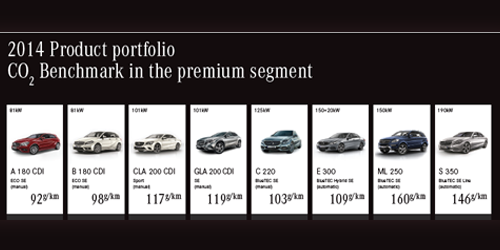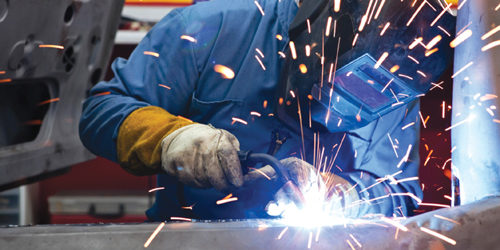
By Keith Jackman, Marketing Director, Lookers Mercedes-Benz
Managing fleet operating costs is vital; luckily there are several things that can be put into place to make sure your fleet is as cost effective as possible for your business
What can we do to cut costs?
There’s one simple rule to follow which will guide you in theright direction for cutting costs in your fleet operation; low emission vehicles. Benefiting from low emission, fleets come in all shapes and sizes:
Cut down on Tax
With taxation favouring lower-emitting vehicles the principle is straightforward – the less CO2 your vehicle emits, the less you will be paying on tax and, with the rules set to get tighter, it's time to look at how cost effective your fleet is.
One advantage to businesses with a low emission fleet, is being able to claim tax relief against depreciation in relation to the CO2 emissions of your vehicle. For example, those emitting over 110g/km and up and including 160g/km of CO2 are eligible for a 20% write-down allowance compared to those of a higher emitting CO2 can now only claim 10% each year.
For us here at Lookers Mercedes-Benz we can take advantage of the higher write-down and in some circumstances can claim the available 100% write-down allowance for those cars emitting 110g/km or less, like our smart cars and many of our popular A-Class, B-Class, C-Class and E-Class models.
The same emission-based philosophy is applied to Capital Allowances, according to the experts, penalty relief coming from the old price-based capital allowance regime and the new CO2-based system mentioned above, which could be as much as £2,000 for those heavy polluters!
Understanding operational costs
Once you have tackled the future development of vehicle taxation for your fleet, the operational issues can be taken on. Understanding the likely whole-life operational costs of a vehicle over a typical fleet life-cycle can result in huge savings for your company. Whole-life costs should include fuel costs servicing, maintenance repair costs, tyre costs and residual values. Company cars are usually based on a three year life-cycle covering 60,000 miles. Whole-life costs are expressed.







